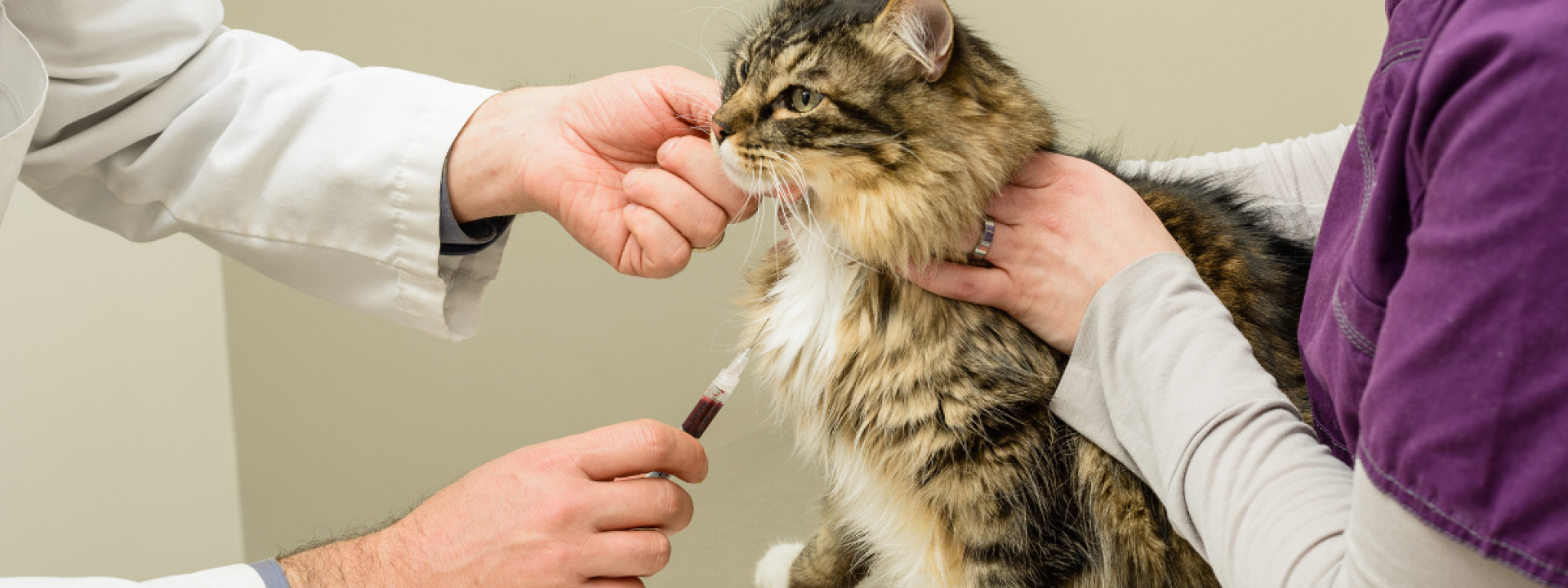If you’re like most people, you’ve probably heard a bit about pet insurance in the past, but it seemed as though those choosing to go that route were more the exception than the rule. It’s becoming much more common, and for good reason—pet insurance makes solid financial sense and offers peace of mind when it comes to our beloved fur babies. As veterinarians, we are huge proponents of pet insurance, which is why we’ve taken the time to answer some frequently asked questions about it below.
What is pet insurance and how much does it cost?
Much like health insurance for humans, pet insurance is a way to plan for the unexpected. When you have coverage, you’re essentially taking finances out of the equation when a big accident or major illness occurs, such as a broken leg or cancer in your pet. It typically costs anywhere from $30-$65 per month.
How does pet insurance work?
Again, just as with health insurance for humans, you pay a deductible which is dependent upon what you’re paying as a premium. Unlike human health insurance plans, however, you don’t have to go to a veterinarian within your network. Also, unlike human healthcare, you typically pay veterinarians upfront and then get reimbursed by your pet insurance carrier. Your insurance provider may require proof of service, so remember to hold onto any receipts. And be aware that there is often a waiting period of about 5-7 days between paying the veterinarian and you getting your reimbursement.
The five facets of pet insurance are as follows:
Deductible - the part of the vet bill you’re responsible for prior to your plan’s reimbursement. There are per-incident deductibles and annual deductibles. The former means that if that same injury occurs again, the deductible will no longer apply.
Reimbursement - the amount you get paid back by your pet insurance company, and this percentage varies anywhere from 60 to 100% of the bill.
Limits - per-incident limits put a cap on the amount you can be reimbursed for a single injury or accident.
Annual Limits - some insurance companies set a cap or set amount on what they will pay per year, and your pet may or may not meet this.
Premiums - the amount you pay each month to keep your pet insurance policy active; a higher monthly premium means you’re paying more for coverage, so be sure to shop around to find the best option for you and your pet.
Is pet insurance worth it?
Most if not all veterinarians will tell you that pet insurance is absolutely worth it a million times over. We are huge advocates for pet insurance because you can provide better care for your pet in the long term no matter what comes your way. It essentially takes finances out of the picture because pet insurance pays for itself over the life of your pet. Take for example a puppy with even mild skin allergies. As an astute pet owner, you’ll obviously want to take care of those so your new fur baby isn’t miserable, and you’ll probably have paid your premium within six months of this treatment.
Unfortunately, some pets can get very sick very quickly—it’s an inevitable part of life that we see day in and day out as veterinarians. If this happens to your cat or your dog, you’re forced to come up with sometimes thousands of dollars in a short period of time, a situation that is unmanageable for many people. Pet insurance helps take this worry away because you’re paying a relatively small co-pay over the long term, so you’ll pay something like $200 versus $2,000.
What does pet insurance cover?
Most pet insurance policies cover illness or injury, although there are some plans that include dog wellness or cat wellness. Typically, though, pet insurance covers when the animal gets sick or injured. Just as with anything else, you should expect to spend time doing research on what policy works best for your pet and your lifestyle. Focus on what you can afford as a monthly payment that will give you the lowest deductible possible. If having a plan that includes wellness is important to you, ask your veterinarian if they are aware of any companies that offer this.
What are preexisting conditions when it comes to pet insurance?
Like humans, pet preexisting conditions are events or pet illnesses that are already present and/or have a reasonable chance of occurring or reoccurring based on previous symptoms. Most pet insurance companies will not provide premiums to those pet parents with dogs or cats that have preexisting conditions.
Unfortunately, things that happen during the enrollment waiting period - such as a dog licking their paws due to allergies or a cat develops a mass on their back - are considered preexisting conditions and can be grounds for rejection. However, some companies will not cover these preexisting conditions but will still accept your application and only cover any new illnesses or injuries.
As we mentioned earlier, though, the best way to ensure that your application is accepted is to enroll your cat or dog when they are young and healthy, so you can ease your own financial burden and provide the best care for your pet over their lifetime. If you have further questions about pet insurance, please don’t hesitate to give us a call.

